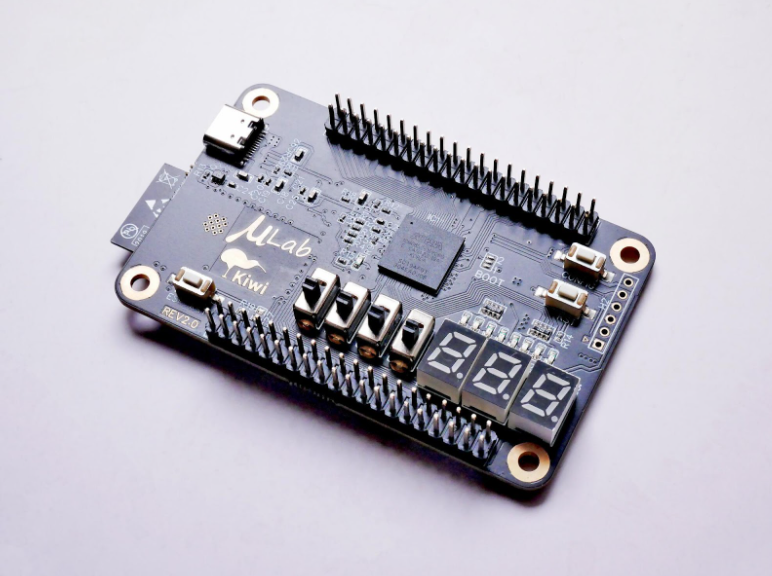CPLD vs FPGA: What’s the Difference?
Facing the daunting task of choosing the right electronic components for your next big project? You’re not alone. Every designer knows the struggle: balancing performance, complexity, and budget constraints.
Enter the often perplexing decision between CPLD (Complex Programmable Logic Devices) and FPGA (Field-Programmable Gate Arrays). With CPLD vs FPGA, you’re navigating a landscape filled with potential and pitfalls. The pressure to pick the perfect component is real, especially when your project’s success and your reputation as a designer are on the line.
This article demystifies these types of electronic parts by equipping you with the knowledge to make a decision that resonates with your project’s needs and your aspirations as a creator.
Table of Contents
Basics of CPLDs
CPLDs have been a cornerstone in digital circuit design since their inception in the mid-1980s. Their architecture typically consists of:
- Programmable logic blocks (PLBs)
- A programmable interconnect
- A memory block
PLBs are the core. They’re capable of performing a variety of logical operations and are connected by the programmable interconnect.
This facilitates communication within the CPLD and with external systems. The memory block stores information and instructions. Although it’s not as crucial as the PLBs and the programmable interconnect.
CPLDs are known for their predictability in timing, thanks to their fixed-length metal wires in internal connections. This makes them ideal for designs where specific, predictable timing is essential.
They find extensive use in:
- Networking devices
- Automotive systems
- Industrial control
- Consumer electronics
- Medical equipment
- Military and aerospace applications
Notably, CPLDs are preferred for their small size, low power consumption, and suitability in price-sensitive, battery-operated portable devices.
Understanding FPGAs
FPGAs were introduced in the late 1980s. They offer a higher level of complexity and flexibility compared to CPLDs.
They are composed of a grid of programmable logic blocks that you can configure to perform sophisticated logic tasks. This flexibility makes FPGAs suitable for more complex applications than CPLDs.
FPGAs are often used in designs that require significant logic resources and storage components. This makes them ideal for complicated systems.
They have a greater power consumption and are generally more expensive than CPLDs, but their expansive logic resources justify their use in demanding applications. You can use FPGAs in designs where maximum speed and prompt response to external stimuli are crucial, such as in systems where microcontrollers might not offer the necessary speed.
CPLD vs FPGA
CPLDs, with fewer logic resources, are smaller and less expensive, making them suitable for small- to medium-sized applications. They excel in the predictability of delays and are more secure due to their nonvolatile internal memory.
In contrast, FPGAs offer more logic resources, higher performance, and greater flexibility, albeit at a larger size and higher cost. Learn more about FPGA boards here.
Exploring Your Options in Hardware Design
In the space of CPLD vs FPGA, the choice extends beyond mere technical specifications. It reflects your project’s aspirations and potential.
This exploration is not just about understanding two electronic components. It’s about empowering your hardware design to reach its fullest potential. Whether you’re a seasoned engineer or a newcomer to the field, the knowledge you’ve gained today is invaluable.
Curious to learn more? Dive into our Business section, where a world of insights and innovations in hardware and designing software awaits.










